
Asian rubies showcase vibrant colors and unique qualities.
Color is one of the most crucial factors affecting the value of rubies. The finest rubies are vivid red with a hint of blue, often referred to as "pigeon's blood" red. Asian rubies with an intense, saturated red color command higher prices. The color should be consistent throughout the gemstone, without any undesirable undertones. Clarity refers to the presence of inclusions or internal flaws within the ruby. Most rubies have some level of inclusions, but those with fewer inclusions or high clarity are considered more valuable. Inclusions can affect the transparency and brilliance of the gemstone. Asian rubies with excellent clarity and minimal visible inclusions are highly prized.
The size of a ruby also influences its value. Larger rubies are relatively rare and command higher prices per carat compared to smaller stones. However, the price per carat tends to increase exponentially as the size of the ruby increases due to their scarcity. The cut and shape of a ruby affect its overall beauty and value. Well-cut rubies with good proportions, symmetry, and faceting exhibit excellent brilliance and enhance the gem's color. The most common cuts for rubies are oval, cushion, and round. Rubies that are cut to maximize their color and brilliance are more valuable.
Demand: Market demand and trends also influence the pricing of Asian rubies. If there is a high demand for rubies from a particular origin or for specific qualities, it can drive up the prices. Factors such as rarity, historical significance, and desirability among collectors and consumers can impact the market value of Asian rubies. Like other gemstones, it is valued using well-known criteria such as color, cut, resolution, and weight. Also, ruby can be valued based on geographical areas, which of course does not affect the properties of ruby. The most important factor that is considered in the valuation of jewelry is its color. This gem can be available in several colors, including pure red, orange, yellow, green, blue, and purple. However, it should be noted that the main color of ruby is red and other colors are known as its secondary color, which may be the result of chemical changes.
Mines in Myanmar are the most famous ruby mines in the world. Although pigeon red bloodstones are found in the country's mines, most of the extracted stones are red, pink, red, and purple-red. Vietnam is also one of the most important countries in the extraction of this gem, where very old stones (about several million years old) are found. The colors of the rocks extracted from the mines of this country are mostly Burmese red-purple, pink purple, and red azure. There are also rubies in Sri Lankan mines. The colors of the mined stones of this country are often bright red, raspberry red, and pink.
Thailand is also one of the sources of this gem. Normally, the colors of the mined stones in this country are dark red. In addition, most rubies resources in countries such as Myanmar, Sri Lanka, Kenya, Madagascar, and Thailand are the finest of the valley in Myanmar extracted. The mining of this ore in Africa, Asia, Australia, and Greenland is present. With all these explanations, however, it should be noted that the properties of ruby have nothing to do with its country of origin, and you just need to have this precious gem with you to enjoy its benefits and properties.
The origin of a ruby plays a significant role in determining its value. Historically, rubies from certain Asian countries have been highly regarded. Burmese (Myanmar) rubies have been considered the most valuable due to their exceptional color and historical significance. Thai rubies, Sri Lankan rubies, and rubies from other Asian countries may also vary in value depending on their quality, color, and reputation. Rubies are often heat-treated to enhance their color and clarity. Heat treatment is an accepted and common practice in the gemstone industry. However, untreated or minimally treated rubies that exhibit exceptional color and clarity naturally are more valuable than heavily treated ones.
-
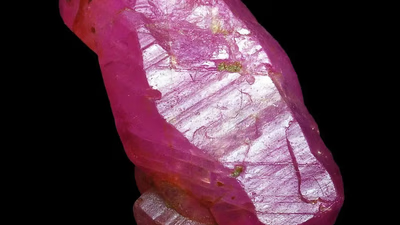
Identifying a genuine ruby gemstone involves several key characteristics. Authentic rubies display a vibrant, deep red color that is evenly distributed, without any noticeable variations. Flaws or inclusions are common in natural rubies, while flawless stones may be synthetic. The refractive index is another important factor; rubies have a high refractive index that can be measured with a refractometer. Additionally, rubies score 9 on the Mohs hardness scale, making them resistant to scratches from most materials. To differentiate real rubies from counterfeits, one can compare the stone"s color and shine with red glass or test its hardness by attempting to scratch it with other materials. Genuine rubies also exhibit excellent heat conductivity and may fluoresce under UV light. Certification from reputable gemological laboratories can further confirm authenticity and quality. "
-
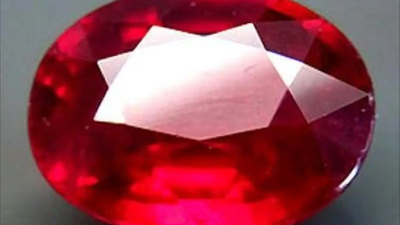
Ruby is a gemstone associated with vitality, passion, and energy. It is believed to enhance physical and emotional strength, promoting motivation and courage. Traditionally linked to love and romance, ruby is thought to deepen emotional connections and attract devotion. Additionally, it possesses protective qualities, shielding against negative energies and providing a sense of security. Ruby is also seen as a symbol of good fortune, believed to bring luck and prosperity in various life aspects, including business endeavors. Its healing properties are noted for improving blood health and boosting the immune system. The stone is said to increase energy levels, promote circulation, and support overall well-being. Historically revered in myths and cultures, ruby has been used as a talisman for power and protection.
However, its potent energy can lead to negative emotions if misused. Ruby"s benefits extend to women’s health issues such as infertility and menstrual pain relief. It is also recommended for treating fever by placing it on the third eye chakra or palm. Overall, ruby embodies strength, courage, joy, and self-confidence. "
-
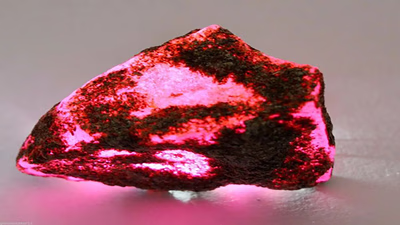
Rubies have been revered since ancient times, with origins tracing back to around 2000 BC in India, where they were known as "ratnaraj" or "king of gemstones. " Ancient texts associated rubies with power, protection, and good fortune. In Europe during the Middle Ages, rubies became symbols of wealth and status among royalty, often featured in crowns and religious artifacts. The Black Prince"s Ruby is a notable historical example, linked to English royalty. By the 13th century, Burma emerged as a key source of high-quality rubies, particularly the prized "pigeon"s blood" variety. Other regions like Thailand and Sri Lanka also gained recognition for their rubies over time. The 19th and 20th centuries saw advancements in mining and trading that made rubies more accessible to the general public. Today, rubies are celebrated for their vibrant color and historical significance, frequently used in fine jewelry and engagement rings. Their symbolism encompasses love, passion, courage, and vitality.
-
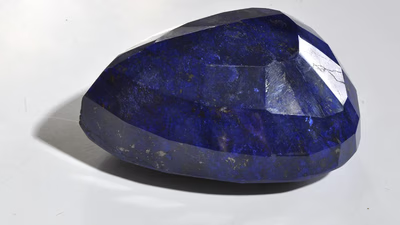
The value of Asian rubies is primarily influenced by color, clarity, size, and cut. The most sought-after rubies exhibit a vivid red hue with a hint of blue, known as "pigeon"s blood" red. Clarity is also crucial; rubies with fewer inclusions are more valuable. Size plays a significant role, as larger rubies are rarer and command higher prices per carat. The cut affects the gem"s brilliance and overall appearance, with well-cut stones being more desirable. Market demand can drive prices up based on origin and specific qualities. Notably, Burmese rubies are historically the most valued due to their exceptional characteristics. Other notable sources include Vietnam, Sri Lanka, and Thailand, each producing distinct color variations.
While heat treatment is common to enhance ruby quality, untreated stones with natural brilliance are considered more valuable. Understanding these factors is essential for buyers and sellers in the Asian ruby market.
-
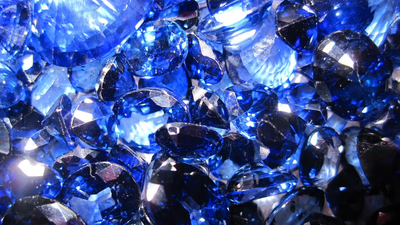
Ruby is renowned for its intense red color, ranging from deep red to purplish or orangish-red, with the most prized hue being "pigeon"s blood" red. Scoring a 9 on the Mohs scale, rubies are among the hardest gemstones, making them durable and suitable for jewelry. Their brilliance and luster are enhanced by proper cutting and polishing, with transparent rubies being the most valuable. Larger rubies are rare and command higher prices. Inclusions within rubies can affect clarity and value; however, some inclusions may be acceptable based on their characteristics. Rubies symbolize love, loyalty, and wealth, often associated with royalty throughout history. The gemstone"s color is attributed to chromium impurities in its structure. Notable sources of high-quality rubies include Burma (Myanmar), Thailand, Sri Lanka, Tanzania, Mozambique, and Madagascar. Rubies have cultural significance across various societies and are believed to bring good fortune.
-
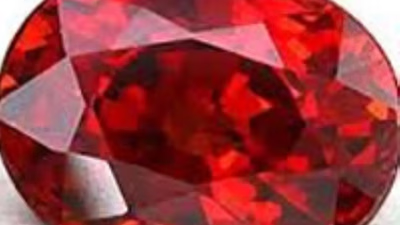
The article highlights some of the largest and most famous ruby gemstones in the world, detailing their weights, origins, and unique characteristics. The Rajaratna Ruby, weighing approximately 2,475 carats, is noted as one of the largest rubies and is housed in Jaipur"s Albert Museum. The Rosser Reeves Star Ruby, known for its six-ray star effect, weighs 138. 7 carats and is displayed at the Smithsonian Institution. Other notable rubies include the Delong Star Ruby from Burma at 100. 32 carats, the Sunrise Ruby recognized for its color and clarity at 25. 59 carats, and the Chhatrapati Manik from India at 20. 6 carats.
The Graff Ruby is also mentioned for its high value after being sold at auction. Additionally, the Liberty Bell Ruby stands out due to its unique shape and weight of 8,500 carats. The Neelanjali Ruby is highlighted for its deep red color and royal significance in India. Lastly, the Pride of Burma garners attention for setting a record price per carat at auction. "






